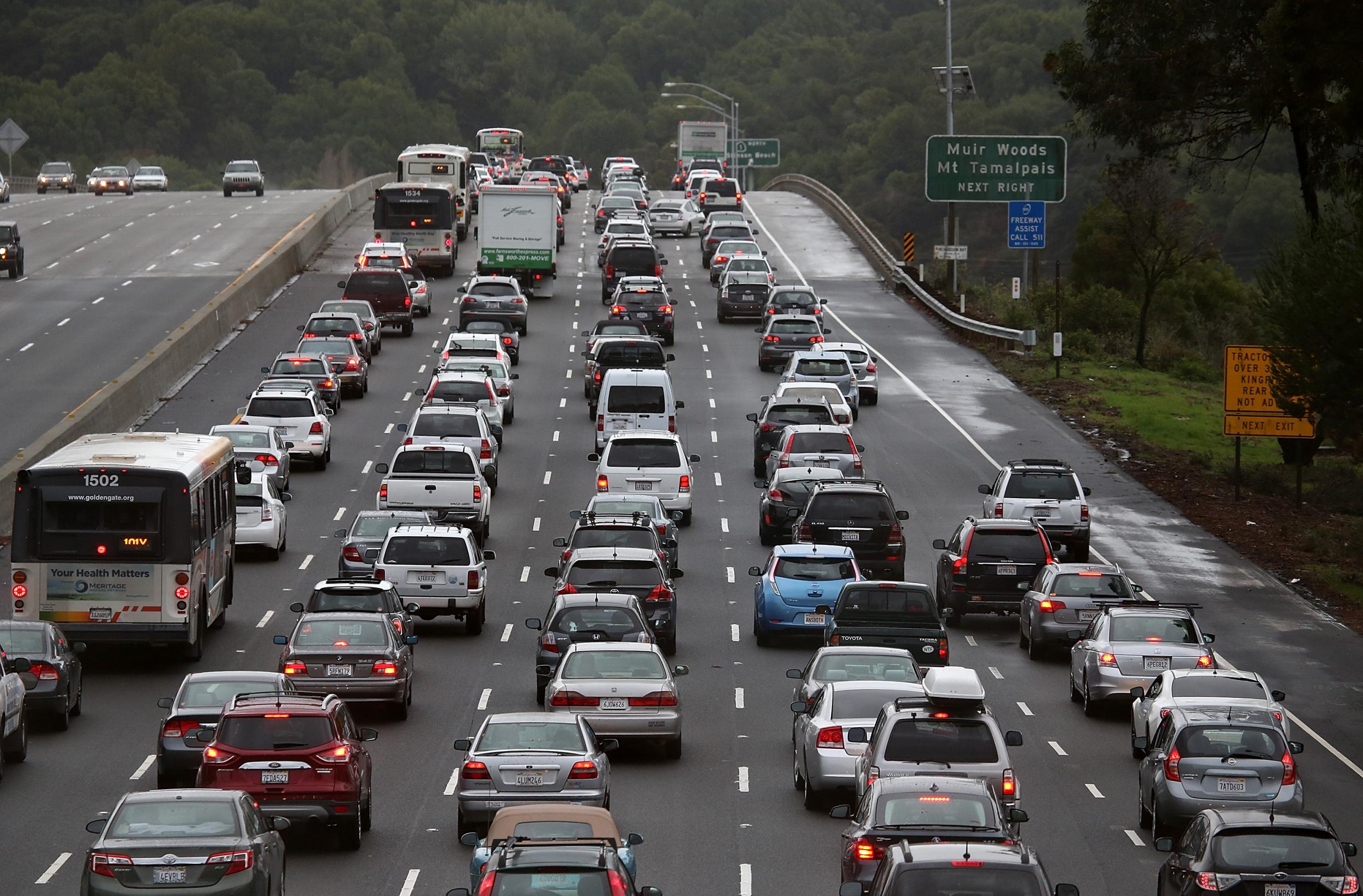Is carbon offset an effective addition to your green lifestyle?
Individual carbon offset schemes are popular with consumers, but their detractors say we are only offsetting our guilty conscience.

Emerging onto the marketplace after the Kyoto Protocol in 1997, carbon offset schemes work by calculating an individual, or business’s, total output of carbon dioxide, and then allocating funds to projects around the world that roughly “offset” the estimated carbon footprint. These organisations invest in a range of eco-friendly projects from reforestation and waste energy plants, to energy efficient stoves, typically operated in developing nations.
The global average for CO2 emissions per person, per year, is 5.2 tonnes. In the UK we are each responsible for around 13.54 tonnes. According to WWF UK, we need to get this down to 1.5 tonnes per person by 2050 in order for the UK to stick to its target of reducing overall CO2 emissions by 80% in that year and stave off the worst effects of climate change.
It’s not as expensive as you may think, with most schemes working out at £8-12 per tonne of carbon. There are a variety of “carbon calculators” online, such as those run by the WWF, CarbonFootprint.com and the Nature Conservancy, and each will probably provide a slightly different readout.
Ineffective schemes employed by multinationals were widely reported a few years ago and the industry has retained its fair share of detractors. The entire philosophy of offsetting emissions has been called into question by the very people you might have expected to be its supporters. The Guardian’s George Monbiot has described carbon offset as a way of escaping guilt without having to make any lifestyle adjustments. “How has this magic been arranged?” he asked back in 2006. “You buy yourself a clean conscience by paying someone else to undo the harm you are causing”.

Some have gone even further, with Joseph Romm of climateprogress.org comparing offset to “trying to save the Arctic by collecting left-over ice cubes and shipping them up north.”
The NRDC’s Brian Palmer has outlined four criteria that a truly effective offset should match - it must be real, verified, enforceable and additional. In this context, “additional” simply means that your money should not be used to do something that was going to happen anyway.
It’s a fundamentally undermining issue for George Monbiot: “you also need to demonstrate that these projects would not have happened without you - that Mexico would not have decided to capture the methane from its pig farms, or that people in India would not have bought new stoves of their own accord. In other words, you must look into a counterfactual future. I have yet to meet someone from a carbon offset company who possesses supernatural powers”.
Brian Palmer has also stressed a concern known in the trade as “carbon leakage”. “Let’s say your money prevented the Amazonian landowner from selling his plot to a logging company. That’s great, but what if the logging company simply bought the plot next door? That’s leakage. Your offset dollars shifted deforestation rather than preventing it”.
It’s one of the reasons that clean energy projects have become increasingly popular investments for offset companies, as the measurable impact is more instantaneous than planting trees.

By working with a variety of offset schemes, Google says it has been carbon neutral since 2007. Their offices and servers consumed around 5.7 terrawatt hours of electricity last year, or about the same annual energy use as a city the size of Belfast. Google employs a team of investigators, who go out and inspect the projects that the company has invested in to ensure they are actually doing the work they have described, a luxury few individuals can afford.
In order to reassure consumers, the voluntary offset market has established certifications for projects that meet Kyoto Protocol guidelines. The Voluntary Gold Standard and Voluntary Carbon Standard are two such certifications to look out for when considering an individual offset and are comparable to the voluntary standards set for organic or fairly traded food, according to green living writer, Duncan Clark.
Most of the organisations that manage offset schemes say they should be part of an individual or business’s move towards reducing their overall carbon emissions, rather than being viewed as a way out of achieving a more sustainable lifestyle. Many individuals chose to offset only a part of their lifestyle, such as unavoidable long haul flights.
The environmentalists that do support offset also suggest people who make a habit of using the schemes should actually pay over and above the tonnage of carbon they are offsetting. That way an individual will be actively reducing their carbon emissions, rather than “neutralising” them, and as the carbon calculators can only give a rough indication of actual CO2 output, this also means any shortfall in the numbers provided by the calculator and your real world emissions is factored in.
The biggest complaint about voluntary offset is still the concern that individuals are using it to get out of changing their lifestyles. A report by the National Consumer Council and Sustainable Development Commission suggested this is not the case: "a positive approach to offsetting could have public resonance well beyond the CO2 offset, and would help to build awareness of the need for other measures", it concluded. Most UK nationals concerned enough to bother with, and pay for, carbon offset are unlikely to be self-consciously going about a carbon-excessive existence.
Duncan Clark, author of the Rough Guide to Green Living, concludes: “If you offset as part of cutting your footprint, or as an incentive to be greener (after all, the less you emit, the less it will cost you to go carbon neutral) then that can't be bad – especially if the offset projects offer extra benefits such as poverty reduction in the developing world”. Almost 20 years after the the signatures were applied to the Kyoto Protocol, carbon offset has yet to win over all the naysayers, but it remains a highly attractive, and relatively straightforward, means for businesses and individuals to take the edge off their impact on the planet.
Join our commenting forum
Join thought-provoking conversations, follow other Independent readers and see their replies
Comments
Bookmark popover
Removed from bookmarks